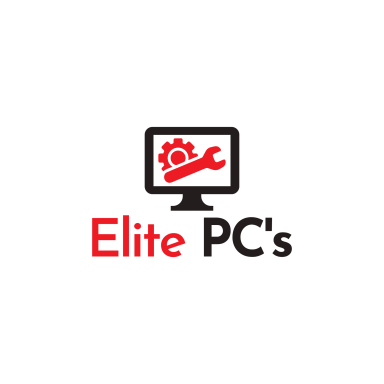Motherboard Buying Guide
The motherboard might not boost your FPS directly, but it’s the foundation of your PC. It determines what CPU you can use, how much RAM you can install, your upgrade options—and whether you’ll have to fight with cable management or enjoy a smooth, future-proof experience.
Here’s everything you need to know before buying your next motherboard.
🧠 What Does a Motherboard Actually Do?
Think of the motherboard as your PC’s central nervous system. It connects your CPU, GPU, RAM, storage, and peripherals—all while delivering power, data, and control between them.
A better motherboard won’t necessarily increase performance, but it can:
Improve system stability and thermal management
Unlock CPU features like overclocking
Provide faster ports (USB-C, Gen 4/Gen 5 NVMe, Wi-Fi 6E)
Extend the lifespan of your system via better future support
🛠️ What Size Motherboard Do I Need?
Motherboards come in three main sizes:
ATX (Standard) – Most popular, with plenty of features and ports.
Micro-ATX (mATX) – More compact, fewer PCIe slots, but still very capable.
Mini-ITX – Smallest form factor, ideal for compact builds. Fewer ports and limited expansion.
🧰 Unless you're building a compact PC, ATX is your best bet for airflow, features, and future upgrades.
⚙️ Intel vs AMD: What Socket and Chipset Do I Need?
You must match your CPU’s socket and chipset to the motherboard.
✅ Intel 13th & 14th Gen CPUs
Socket: LGA 1700
Chipsets:
B660 / B760 – Great for gaming, no overclocking
Z690 / Z790 – Full features, including CPU overclocking
H610 – Budget option, limited features
✅ AMD Ryzen 7000 / 8000 CPUs
Socket: AM5
Chipsets:
B650 – Excellent value, PCIe Gen 5 support
X670 / X670E – More ports, better VRMs, ideal for power users
A620 – Budget-focused, limited connectivity
🧠 B-series boards are ideal for most gamers. Go for Z-series (Intel) or X-series (AMD) only if you’re planning to overclock or want maximum expansion.
🔌 What Features Should I Look For?
Here’s what actually matters in 2025:
🔋 VRM Quality
Good VRMs = stable power delivery to your CPU. Especially important if you're using a high-end chip or overclocking.
🧊 Cooling & Heatsinks
Look for motherboards with large VRM heatsinks, M.2 cooling, and enough fan headers for your case setup.
💽 Storage Support
M.2 Slots: Most boards have at least two, with PCIe Gen 4 or Gen 5 support.
SATA Ports: Still useful for hard drives and 2.5” SSDs.
🧠 RAM Support
Make sure your board supports DDR5 (common on AM5 and newer Intel boards).
Look for at least 2 DIMM slots (preferably 4 for expandability).
Check max RAM speeds—especially if you’re installing 6000MT/s+ DDR5.
🔗 Expansion Slots (PCIe)
If you're adding capture cards, sound cards, or extra NVMe drives, make sure your board has enough x16 and x1 PCIe slots.
📡 Connectivity
USB ports (USB-C, Gen 3.2+, front panel headers)
Wi-Fi 6 / 6E and Bluetooth 5.2+ for wireless
2.5G Ethernet or better if you want wired speed
🎮 Pro tip: You don’t need Wi-Fi on your board if you're using Ethernet, but it’s great for flexibility—especially in wireless setups.
💡 How Much Should I Spend?
Here’s a rough pricing guide for 2025 motherboards:
Budget (£80–£120): A620 / H610 / entry-level B660
Basic features, fewer ports, good for non-overclocked builds.
Mid-Range (£130–£200): B760 / B650
Sweet spot for most gaming PCs. Good VRMs, DDR5 support, M.2 slots, decent I/O.
High-End (£200–£350): Z790 / X670 / X670E
Overclocking support, premium audio, Gen 5 SSD support, more USB and PCIe lanes.
Flagship (£400+): For workstations, extreme overclockers, or those who want everything (and then some).
💡 Don’t overspend unless you need specific features. Your money is often better spent on a faster GPU or more RAM.
🧩 Will It Fit in My Case?
Match your motherboard size (ATX, mATX, ITX) to your case’s supported form factors. Check case specs carefully, especially if you’re using an ITX board or a compact case.
⚡ What About BIOS and Compatibility?
If you're using a new CPU, make sure the motherboard has a compatible BIOS version—especially important for AMD, where a BIOS update might be needed to boot.
Many retailers now offer pre-flashed boards, or you can flash BIOS yourself with a USB stick.
🧰 Extras That Are Nice to Have
Debug LEDs or Q-Code displays – Help diagnose boot issues
Reinforced PCIe slots – Great for heavy GPUs
Clear CMOS & BIOS Flashback buttons – Helpful for troubleshooting
ARGB headers – Needed for syncing RGB lighting
Need Help Choosing a Motherboard?
Confused about chipsets or wondering if your CPU and RAM are compatible?
Reach out via my contact page and I’ll help you find the perfect board for your build.
©Copyright. Elite PC's
Registered Company 15936654
VAT GB474910768
💻 Build Your Dream PC Today
Take the first step toward a powerful, custom-built PC tailored just for you.
⚙️ Precision. 🔧 Performance. 🎯 Personalisation.
We need your consent to load the translations
We use a third-party service to translate the website content that may collect data about your activity. Please review the details in the privacy policy and accept the service to view the translations.

